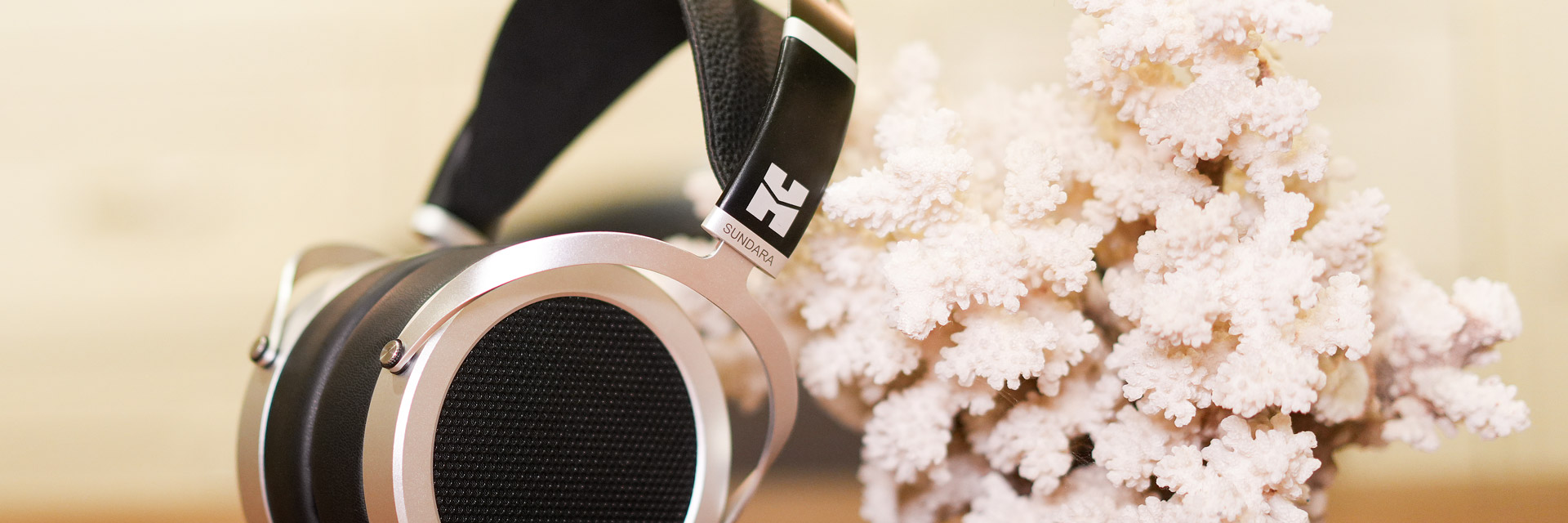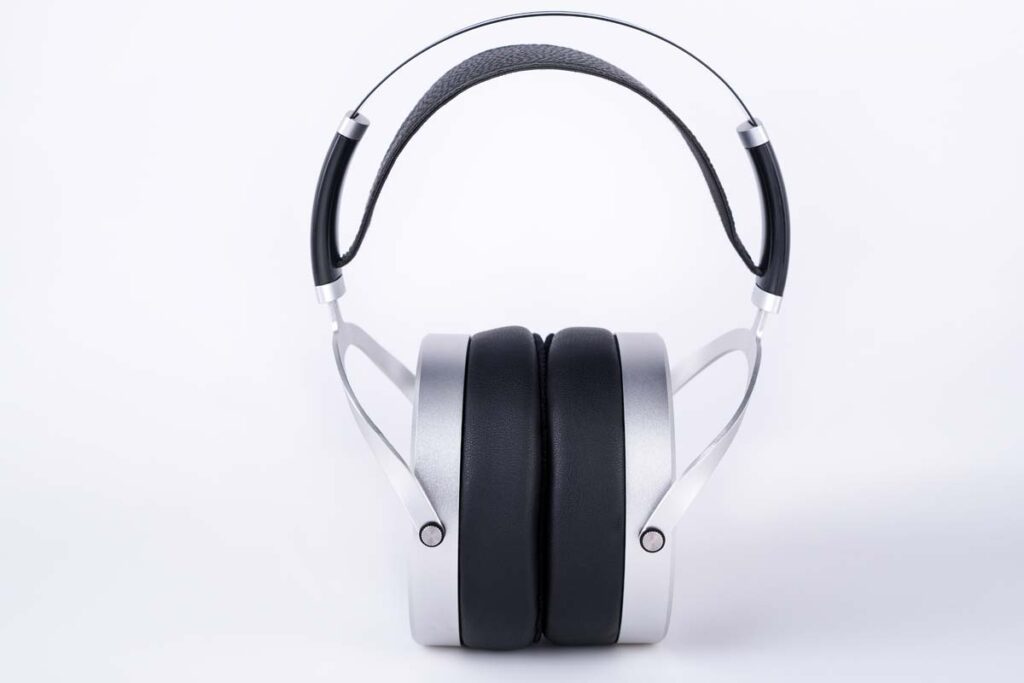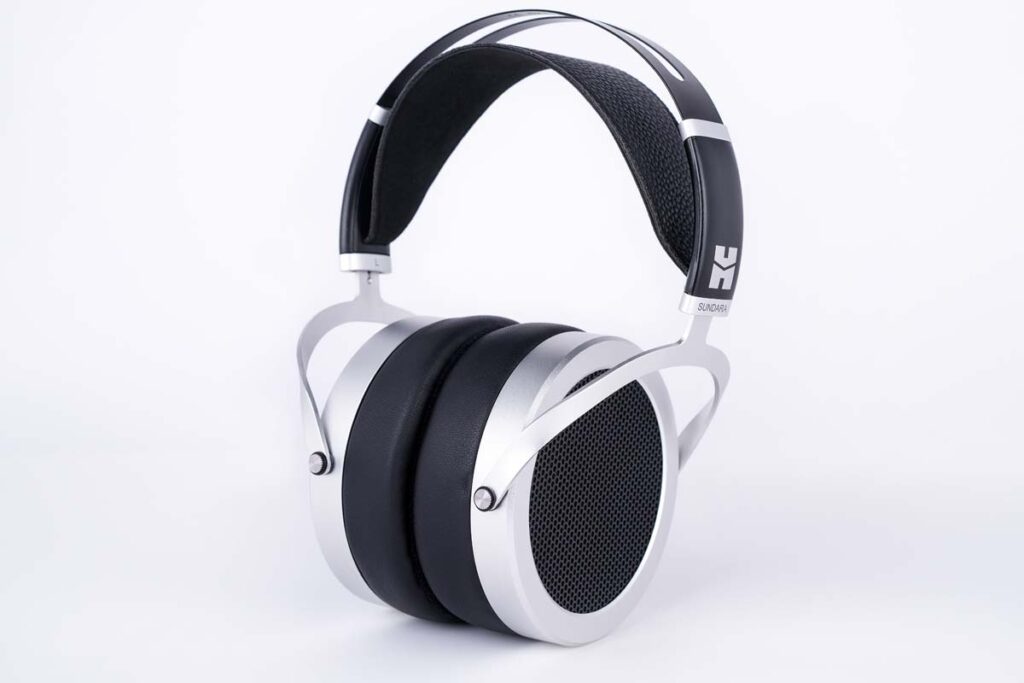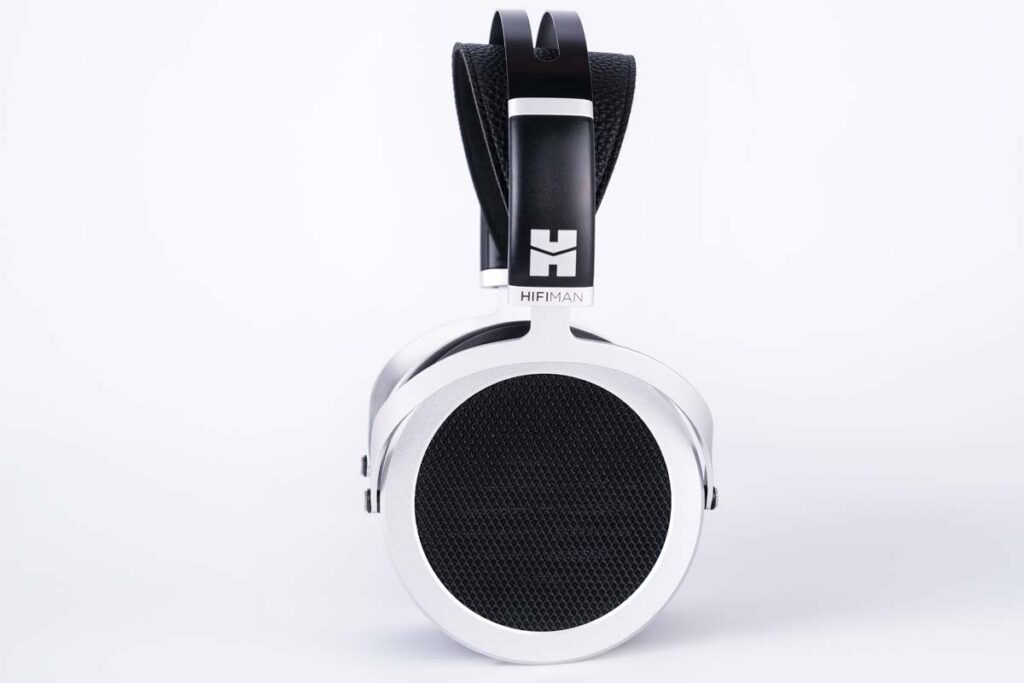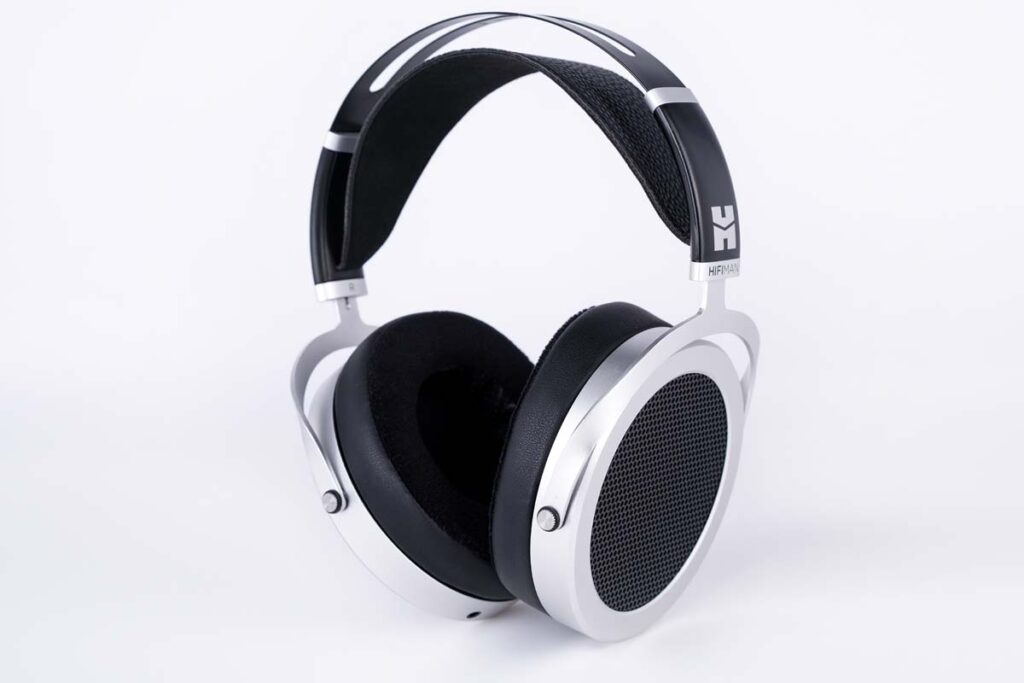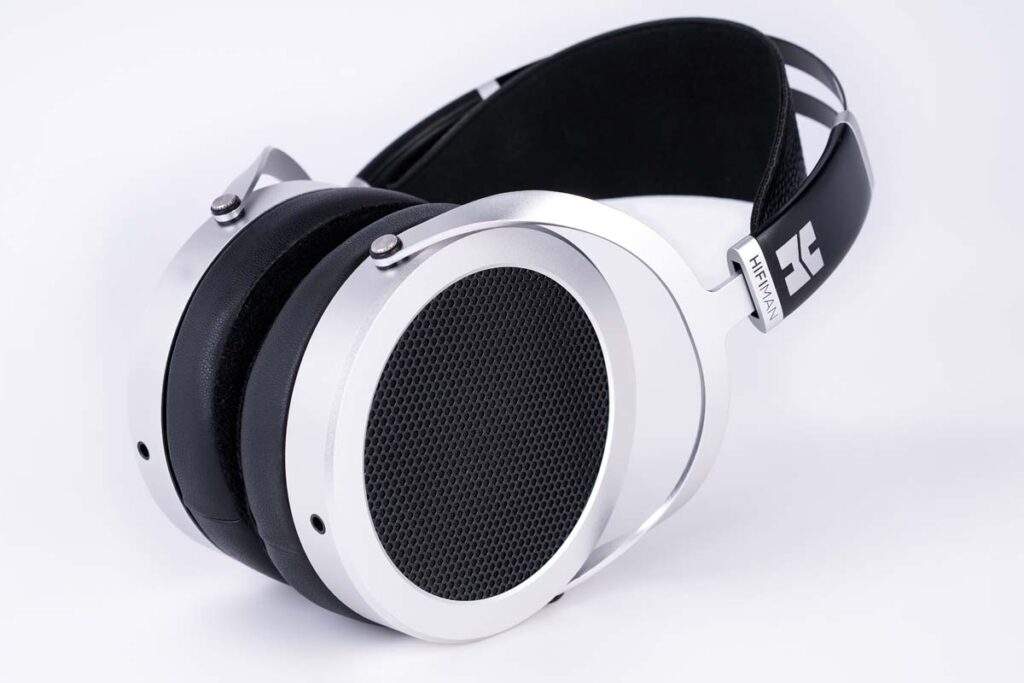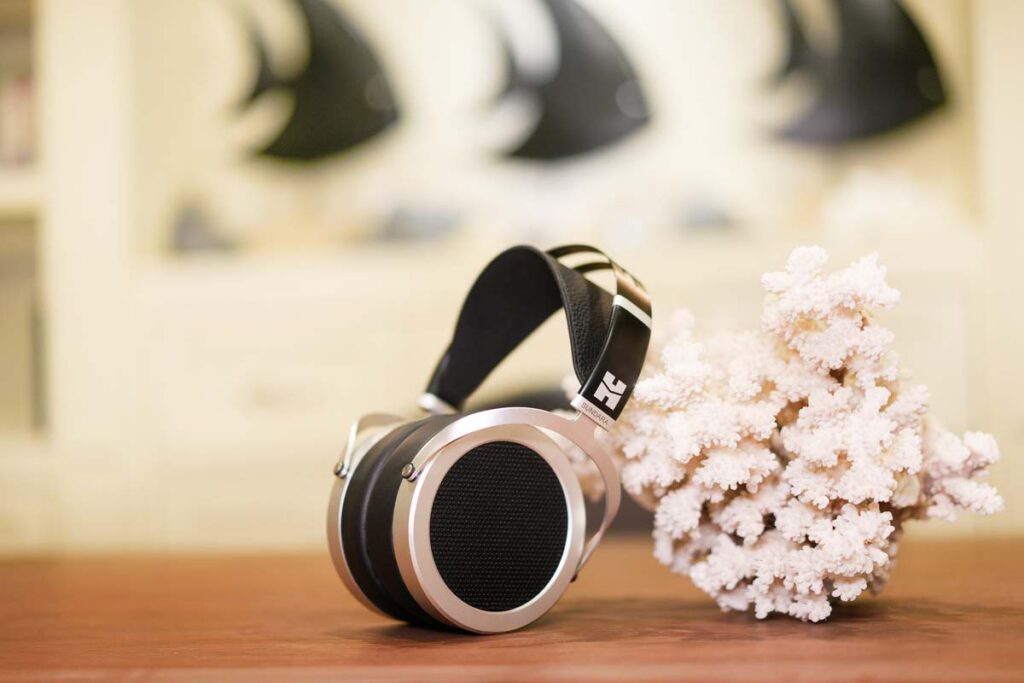How much headphone can you get for comparatively little money? Can a headphone do everything? And is there a sensible threshold for entering this world? The HiFiman Sundara Silver tries to answer these questions.
To do justice to my enthusiasm, I’ll put the cart before the horse and blurt the conclusion out right away: these “entry-level headphones” HiFiman Sundara Silver, which the marketing department bluntly describes as a simple means to “get your foot in the door” are so much more than just that! In its price range and slightly above, it strikes terror into the hearts of the competition and – if my memory serves me right – should also cannibalize its next-biggest siblings to some extent. So we can confidently chalk up the term “entry-level” as an understatement and look forward to exciting, enlightening hours with it.
Some time ago, I lent my ear to the original Sundara and found it somewhat over-saturated, especially in the presence range and in the highest trebles. I was told something about the listening tastes of the predominantly Asian clientele, which I could understand. However, acknowledging the reason why doesn’t help when I put the headphones on my own ears.
The founder and mastermind of HiFiman, Dr. Fang Bian, has probably heard this criticism a fair few times now and consequently addressed the issue. By changing the damping of the diaphragm, the dimensions of the protective fleece and minimally readjusting the pattern in the perforated grille, he was able to adapt the can mechanically without getting too close to its heart, the wafer-thin diaphragm. The result should be a Sundara that continues to be open, but which at the same time is more “sonorous”. This has been achieved, that much can already be revealed. And it should also be noted that such headphones reward adequate amplification. Any increase in quality on the part of the headphone amp really pays off here.
When you buy the new Sundara Silver, you get a good deal at a reasonable price: You are faced with a complete package of headphones, cable, jack adapters and carrying case. Incidentally, the cable is pleasingly stable and does not tend towards the annoying microphonic effects that are often meticulously transmitted when the cable rubs against the shirt collar.
Writing about the wearing comfort of headphones is a difficult undertaking. Every head is different, and the density and thickness of the layer of hair covering the skull alone can make the difference. Magnetostats, which have to have a fairly stable frame construction, are generally not too delicate, which is not noticeable during a quick comparison, but can cause a lot of strain by the third act of the Valkyrie at the latest. At just under 340 grams, the Sundara Silver is comparatively light, and I was able to keep it on my sparsely haired head for many hours in the studio without being disturbed in any way. Respect.
I tried it out in the studio first, because this is where you can systematically put these transducers through their paces. For example, it’s very exciting to see how responsive a headphone is to small changes in the frequency band. Sometimes a recording room that doesn’t have the ideal interior design can cut the reverb in the high frequencies to such an extent that the entire treble comes across as musty. On the last recording I worked on, a gentle boost of less than two decibels from 10 kilohertz helped. There’s quite a few headphones out there that sound nice and somehow also detailed, but that would still withhold this kind of change from you. The Sundara Silver shows you exactly what’s going on here, allowing you to make the right decisions in the studio in a very short time. It also effortlessly reveals minimal duplications in the reverb tails during a cut, but acts more like the balanced BBC monitors: the information is conveyed clearly and unambiguously, but not bathed in a glaring (and in the long run very tiring) ER light.
And it is precisely these virtues that recommend the HiFiman Sundara Silver for use at home. I heard the aforementioned Valkyrie in the wonderful recording with the Staatskapelle Dresden under Marek Janowski. The way in which the orchestra shakes the greatest possible color variety out of its coat tails in the smallest possible space with somnambulistic certainty – „… aus der Esche Stamm leuchtet ein Blitz (… from with the ash tree trunk, lightning shines …)” – is not something you will hear on any other recording (incidentally, this one was produced in the Lukaskirche in Dresden). Here, too, the HiFiman spreads the timbres without leveling them in the slightest with some inherent sound of its own.
Which answers all the questions posed in the introduction. Warmest recommendation for anyone who wants to take a serious look at the subject of headphones – and then perhaps realize that they are stuck with the entry-level model for longer than expected.
Accompanying Equipment
Turntables: Transrotor Apollon TMD with SME 5, SME 3012 and others | Cartridges: Clearaudio Talisman and Stradivari V2, Ortofon Vienna and Jubilee, Denon DL-103 | CD player: Mark Levinson No. 390S | DAC: Merging Technologies | Preamplifier: Crane Song Avocet | Integrated amplifier: Lavardin IT | Power amplifier: Digital power amplifier based on ICE Power, Accuphase P-4200 | Speakers: Spendor Classic 3/5, Wilson Audio Sasha DAW | Cables: Vovox and others
Headphones HiFiman Sundara Silver
Concept: magnetostatic over-ear headphones | Frequency response: 6 Hz to 75 kHz | Impedance: 32 Ω | Accessories: 3 m cable from 90° mini jack to 2 x jack, adapter to 6.35 mm jack and carrying case | Weight: approx. 342 g (without cable) | Warranty period: 2 years | Price: around 400 €
Sieveking Sound
Plantation 20
28215 Bremen
Phone +49 421 6848930
kontakt@sieveking-sound.de

